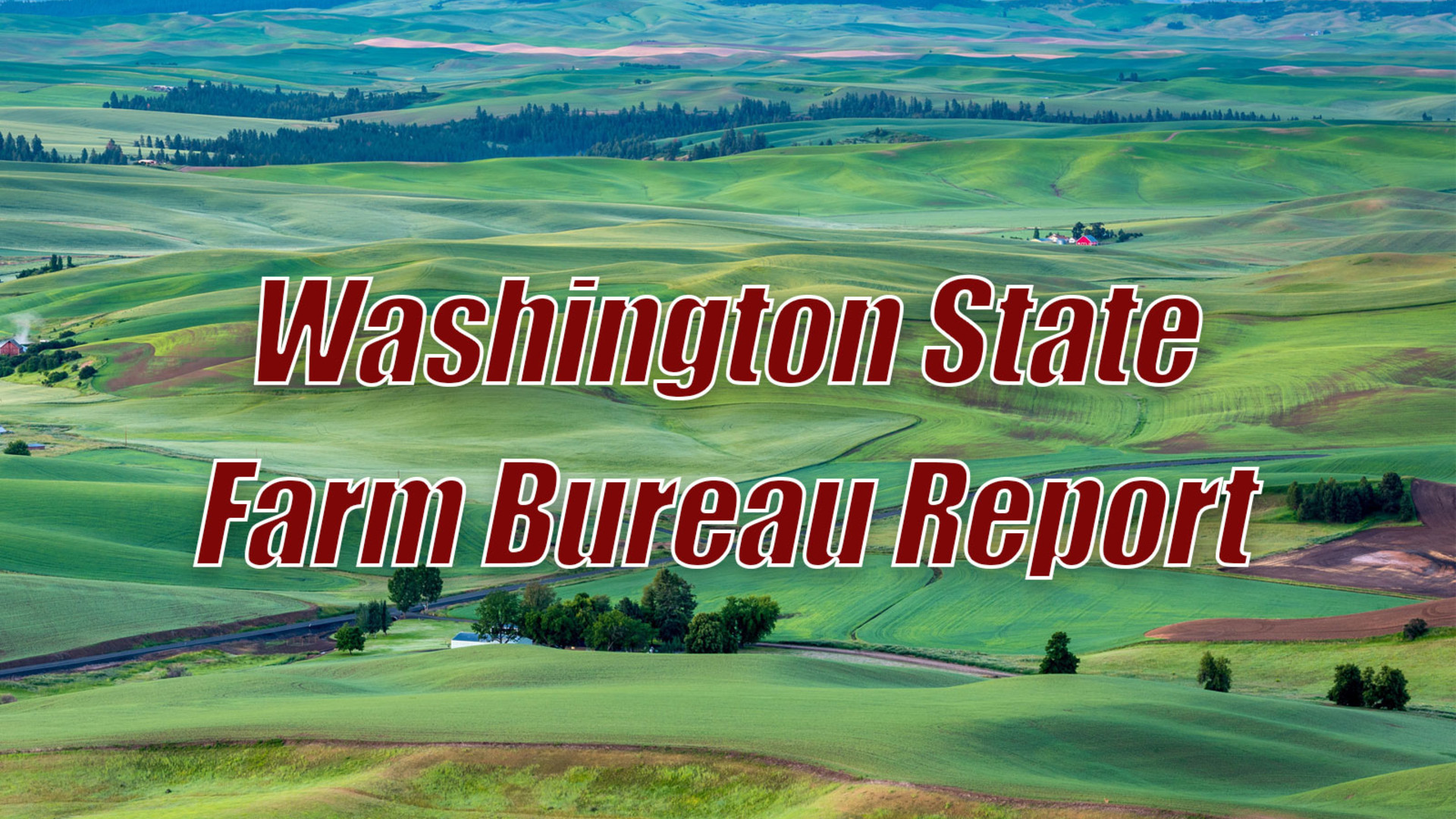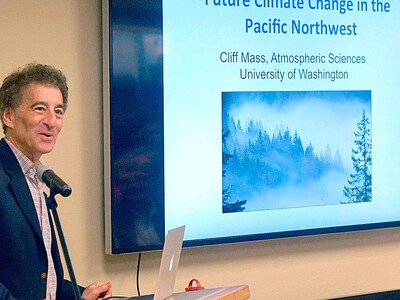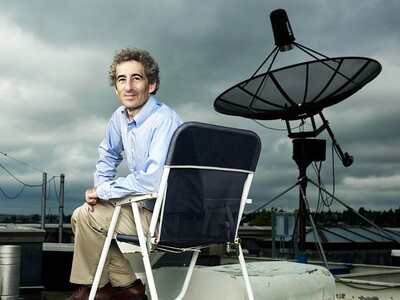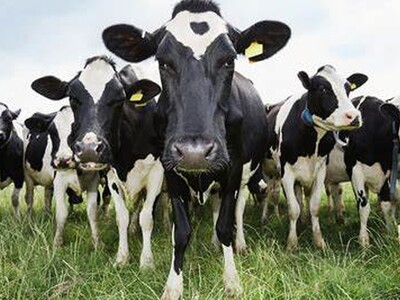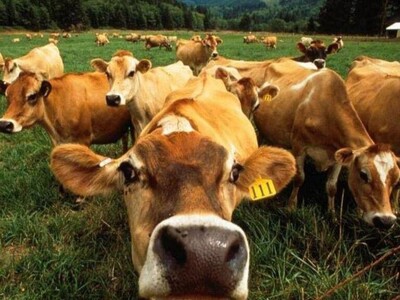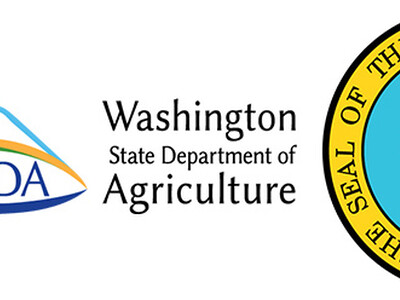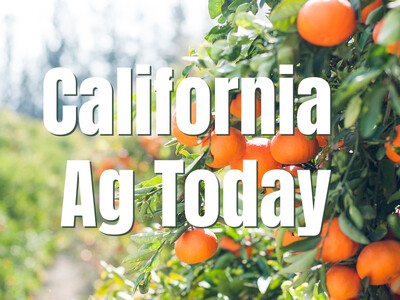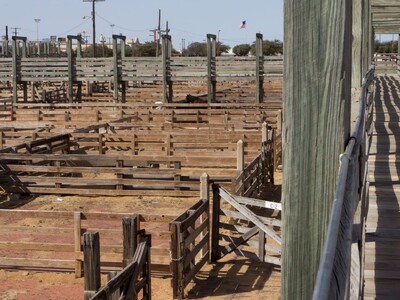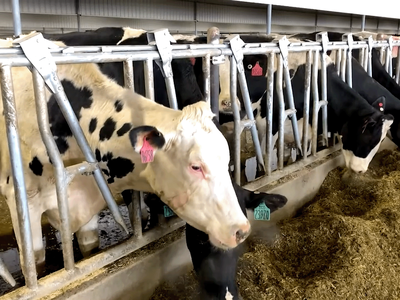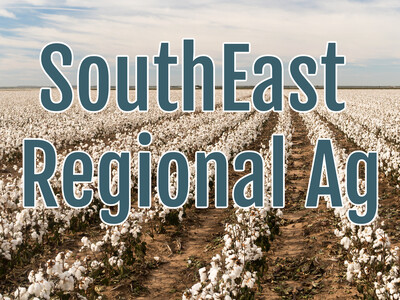Myths Surrounding Beef Production
Myths Surrounding Beef Production
I’m Lacy Gray with Washington Ag Today.
Jude Capper, Sustainability Consultant and Adjunct Professor of Animal Sciences at WSU, is well known for her research and outreach work focusing on modeling the environmental impact of livestock production systems, specifically beef and dairy. Capper has often reached out through social media to debunk popular myths relating to beef and livestock production. One of those so called myths that has garnered a lot of attention lately is that “grass fed beef is better than corn fed beef”.
CAPPER: I’m not anti-grass fed beef or anti-corn fed beef. There is a place for every single system, there really is. But we do hear a lot of myths about how grass fed beef is better for us, better for the planet.
Capper says part of the myth revolves around environmental impact.
CAPPER: There’s a perception that the feedlots are bad. If we changed the entire U.S. Beef industry overnight - took away all of the feedlots and went to all grass fed beef, and we still wanted to make about 27 billion pounds of beef per year, if we did that from grass fed, we could do it sure, but we would need another 65 million cattle in our national herd. It would increase land use by 131 million acres. In terms of carbon emissions - they’re increased by the equivalent of adding 27 million cars to the road every single year, and the increase in water use would be like adding about a third more people to the states every single year. So grass fed absolutely has its place, but it’s not necessarily the answer to environmental impact.
Tomorrow Capper will take about the second myth involving grass fed beef versus corn fed beef, along with other so called myths relating to livestock production.
I’m Lacy Gray and that’s Washington Ag Today on the Ag Information Network.


